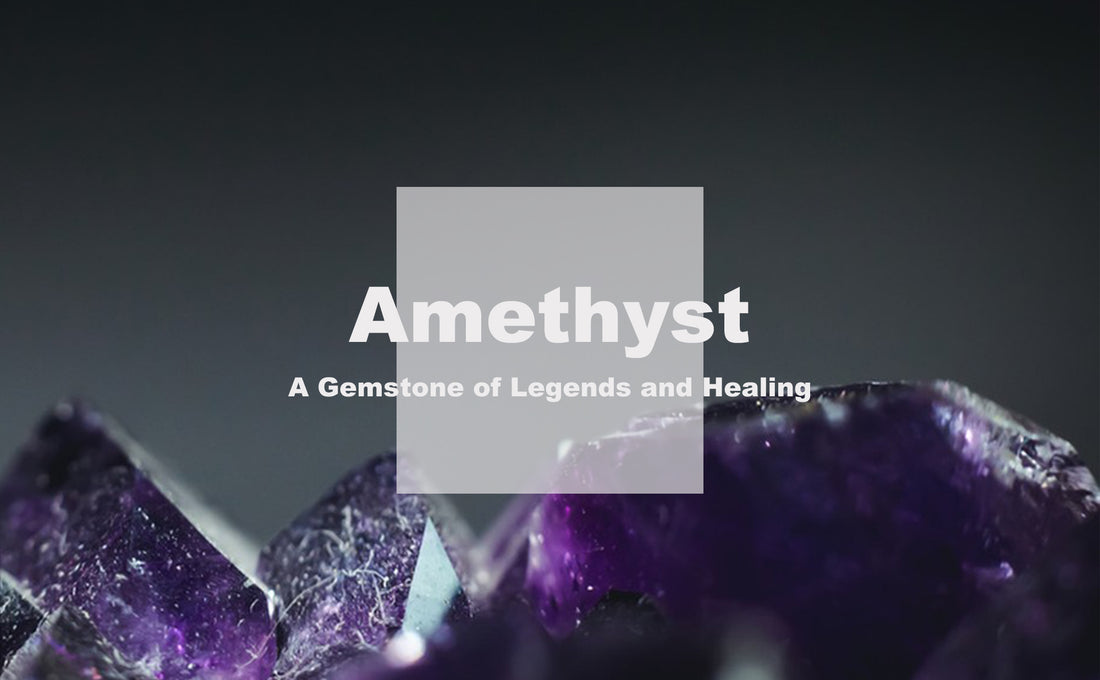
A Glimpse into Amethyst's Origins
Amethyst is a variety of quartz, a mineral composed of silicon and oxygen. Its distinctive purple color comes from traces of iron and other impurities within the crystal structure. The name "amethyst" finds its roots in ancient Greek, where "amethystos" translates to "not intoxicated." The Greeks believed that wearing amethyst jewelry or drinking from amethyst cups would protect them from intoxication, making it a favored gem among nobility and religious figures.

Cultural Significance and Legends
Throughout history, amethyst has been revered by various civilizations for its association with spirituality, protection, and wisdom. In ancient Egypt, it was linked to the sun god Ra and considered a symbol of power and royalty. In medieval Europe, amethyst was believed to represent piety and was worn by bishops and clergy members.

One of the most famous legends surrounding amethyst originates from Greek mythology. According to the myth, Dionysus, the god of wine, became enraged by an insult and vowed to unleash his tigers on the next mortal he encountered. Amethyst, a young maiden on her way to pay homage to the goddess Diana, crossed his path. As the tigers pounced, Diana turned Amethyst into a pillar of clear quartz to protect her. Realizing the consequences of his anger, Dionysus wept tears of wine, staining the clear quartz a deep purple hue - thus giving birth to the gemstone we know today.

Amethyst's Healing Properties
Beyond its historical significance, amethyst has also been associated with various healing properties and metaphysical benefits. Healers and crystal enthusiasts believe that amethyst can:
1. Calm the Mind: Amethyst is often used to alleviate stress and anxiety, promoting a sense of tranquility and mental clarity.
2. Enhance Intuition: It is believed to stimulate the third eye chakra, heightening one's intuition and spiritual awareness.
3. Encourage Sobriety: As per ancient beliefs, amethyst helps in breaking addictions and unhealthy habits.
4. Promote Physical Healing: Some practitioners use amethyst to aid in the healing of physical ailments, such as headaches and sleep disorders.
It's important to note that while many people believe in the healing properties of amethyst, these claims are not scientifically proven. The practice of crystal healing remains a matter of personal belief and spirituality.

Conclusion
Amethyst continues to captivate us with its captivating beauty and mythical history. From ancient civilizations to modern crystal enthusiasts, the gemstone has held a significant place in human culture. Whether you're drawn to its alluring hues or seek its purported healing properties, amethyst remains an enigma that continues to inspire awe and wonder.

Click Me to View Our New Product
So, the next time you encounter this mesmerizing gem, take a moment to appreciate its rich history and the countless stories it carries within its dazzling depths.

